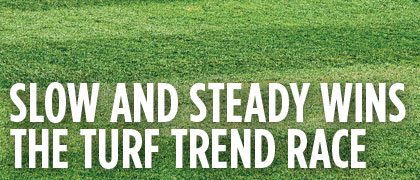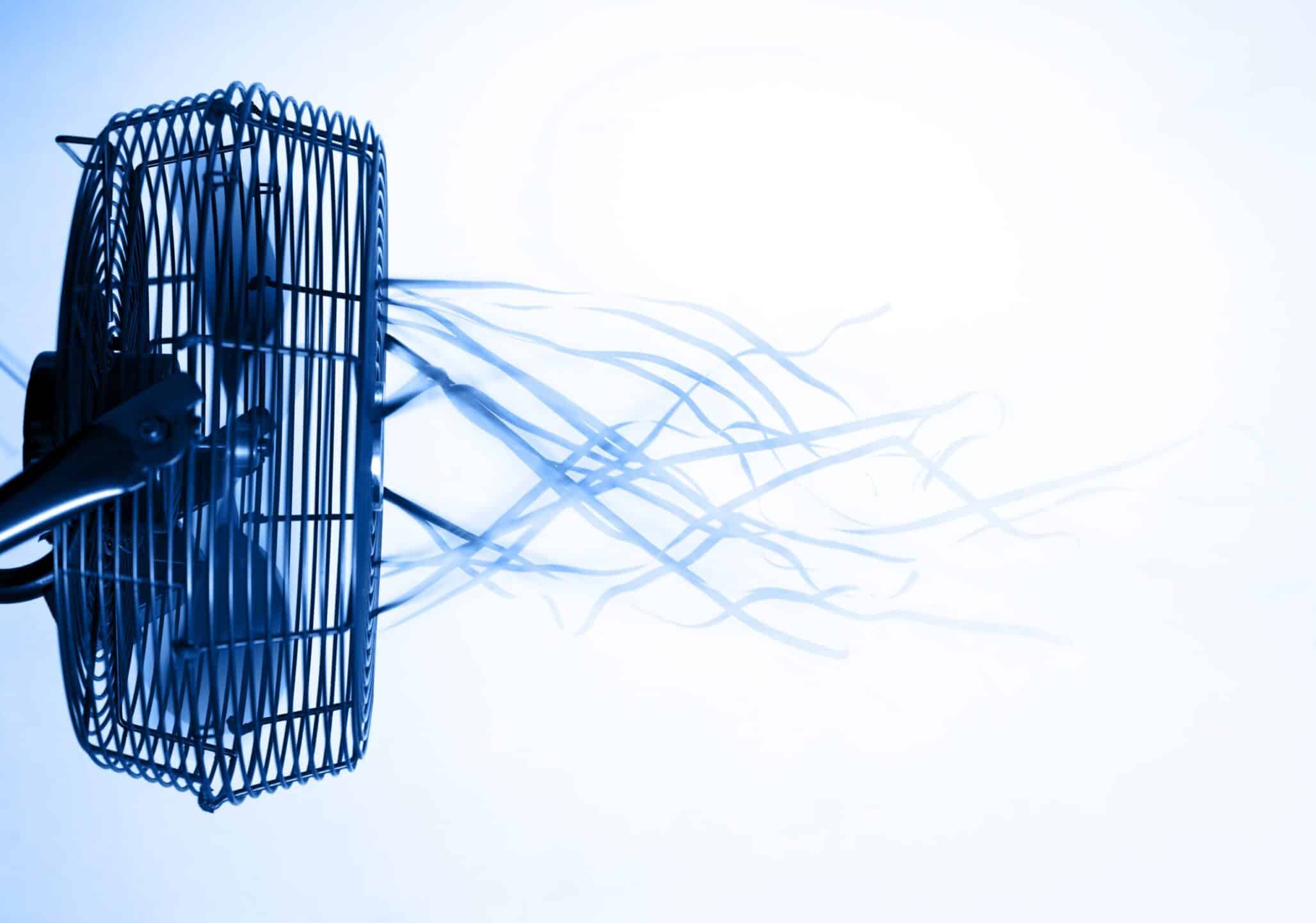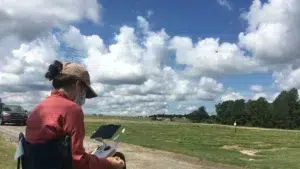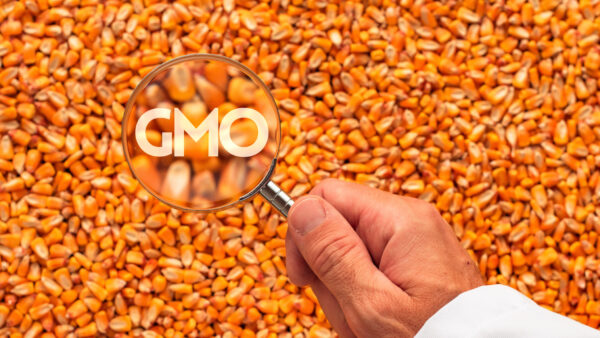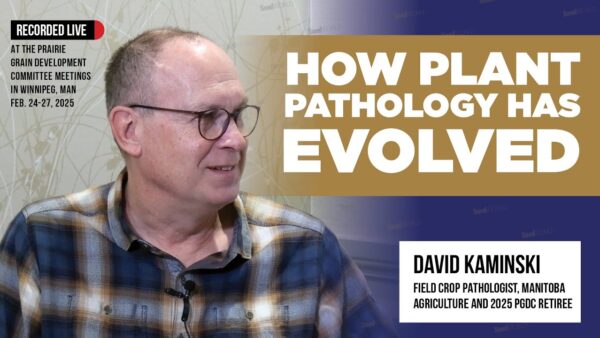Companies continue to bring new varieties to the marketplace, delivering incremental improvements that add up over time.
The turf seed sector might not be fast-paced when it comes to change but that shouldn’t be mistaken for a lack of innovation.
“There are more improved turf seeds coming out of testing facilities all the time,” says Rob Vanscoy, a seed specialist for the Wisconsin-based La Crosse Seed. “There might not be anything significant right now but there are some color improvements and added resistance to issues like drought, insects and disease.”
Seed suppliers keep up with these new developments in turf seed no matter how minor the changes might seem. “We’re always looking at new varieties, both from our usual vendors and from outside companies who might have something new and unique,” says Fred Mohr, turf seed manager for Seedway, LLC, headquartered in Hall, New York.
However, new varieties might not offer drastically different characteristics. “From one year to the next, we always see new names of varieties popping up, but as far as new characteristics, the differences won’t be real noticeable,” Mohr says. “The change is more gradual.”
One reason Vanscoy says progress isn’t fast is due to fewer turf seed acres being planted. “When we went through the housing crash several years ago, that caused a lack of demand so we’ve been working through the stock that was left from previous harvests. And now, the grass seed industry is coming back around,” he says, mentioning there could be a shortage of supply as adjustments are made.
“It’s a slow process,” Vanscoy says. “There’s no new turf that is going to be magically better, but each year, we get varieties that are a little more drought tolerant, a little greener and a little more resistant to disease. It’s not a major leap forward, but it’s progress.”
In fact, these improvements have been moving at a faster pace. “There are new varieties coming out every year, replacing the older ones,” Mohr says. “I remember 15 to 20 years ago, it wasn’t uncommon to have a variety in the catalogs for eight, 10 or even 15 years. Now, they usually only stay on the market for five or six years before being replaced by something newer and better.”
Still, the development process is long and can take an average of 10 years for a new variety to be released. “When a new variety is released, they’ve likely been working on that for 15 or 20 years before we even hear about it,” Mohr says.
“We’ve seen a huge increase in the use of turf-type tall fescue because the quality has improved dramatically.” — Fred Mohr
Fescue Frenzy
One trend Mohr has seen emerge is the transition from mostly rye and bluegrass to more turf-type tall fescue being used in the Northeast.
“We’ve seen a huge increase in the use of turf-type tall fescue because the quality has improved dramatically,” he says. “It is naturally far more drought tolerant, which is a problem we’ve had here for the past few years, and it used to be a broader leaf but it’s now a lot finer texture.”
Vanscoy agrees. “It’s the newest thing, and the reason it’s changing is that the depth of roots and hardiness allows it to be more drought tolerant, so it conserves water and grows better in drier areas,” he says.
Mohr says increasing the time a turf field will stay green is also popular with researchers. “They’re looking for something that will have an earlier spring green up and that might stay green in the fall season a little longer,” he says.
Again, the improvements aren’t likely to boast a new variety that will magically stay green until December. “It’s going to be subtle and slow, but the improvement is still there,” Mohr says.
For athletic field applications, researchers focus on the wear and tear that particular varieties can accommodate. Vanscoy mentions one study at The Ohio State University that uses a leg simulation machine to study sports movements — not only how the grass wears down but also how the leg responds to twisting and turning on different turfs. “They’re trying to identify resistance to avoid sports injury,” he says. “However, they also study turf wear as it relates to injury.”
Of course, when a seed is developed that benefits sporting fields, Vanscoy says there’s no reason that same turf couldn’t also be achieved in a home lawn. “It comes down to cost and maintenance,” he says.
Melissa Shipman


